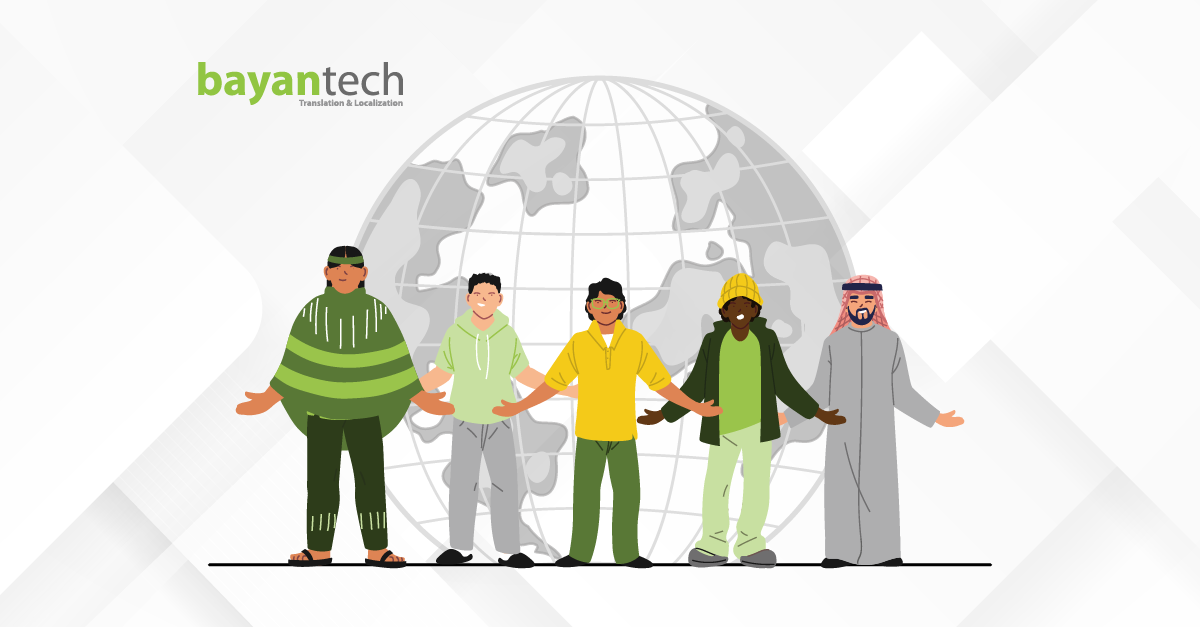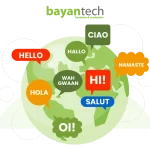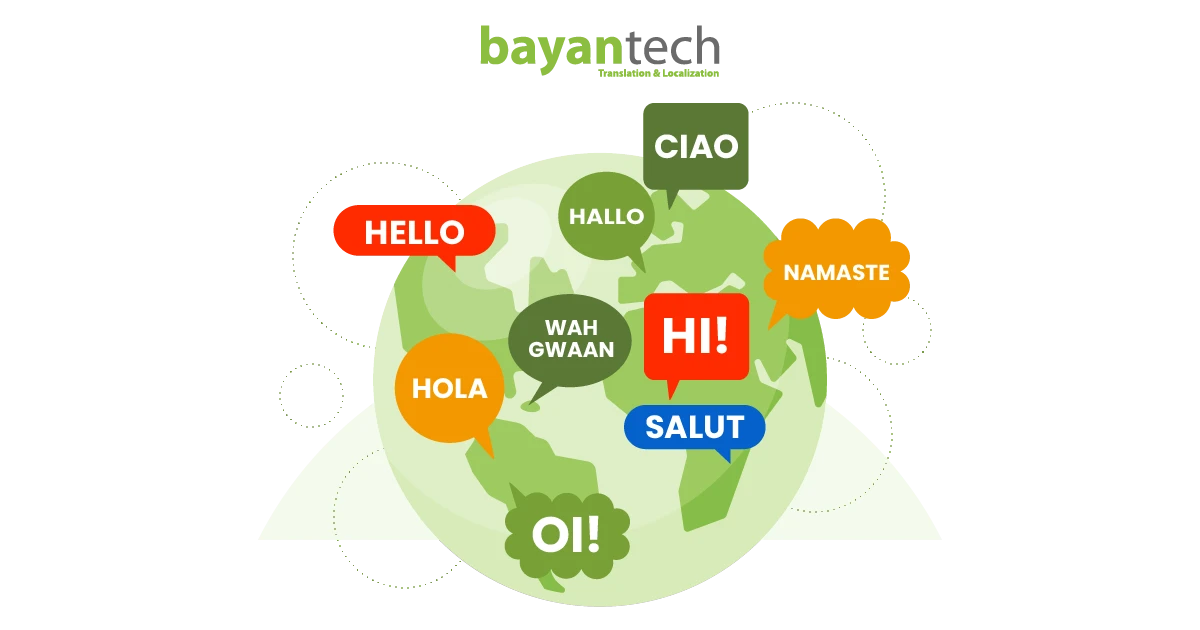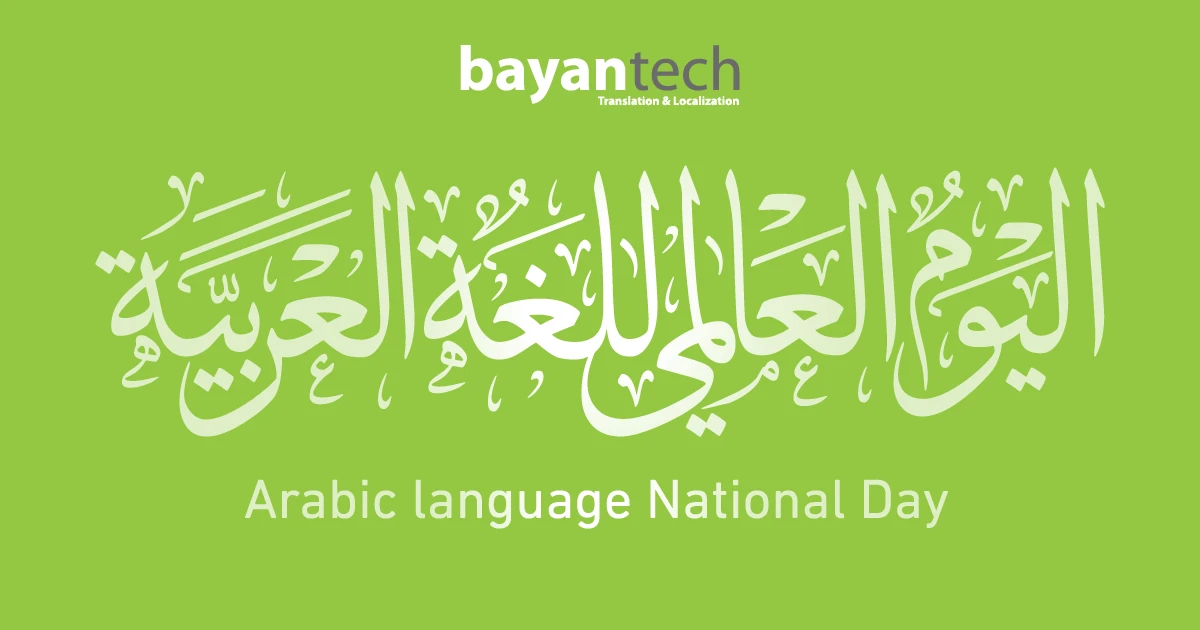One of the fastest ways to lose a global customer is by failing to understand their culture.
You might be wondering, what does cultural awareness really have to do with building a successful business that drives sales and revenue?
The truth is, running a successful business takes more than having a great product and a solid sales strategy. Cultural sensitivity is crucial if your goal is to expand beyond your home market and truly connect with international audiences.
In today’s world of hyper-targeted ads landing on customers’ screens in the comfort of their homes, delivering personalized messages that resonate is no longer a luxury but an expectation.
So, let’s start by defining cultural sensitivity and exploring how it can help you build a strong global brand, with real-life examples.
What Is Cultural Sensitivity?
Cultural sensitivity is the ability to recognize, respect, and adapt to cultural diversity.
It’s about understanding how values, beliefs, customs, and behaviors shape the way people interact.
In today’s globalized business environment, cultural awareness is essential for building trust with international customers, avoiding misunderstandings, and creating meaningful connections across borders.
Yet, cross-cultural communication isn’t always smooth. For instance, a phrase like “Tell me what you need directly” may sound polite and efficient in English, but in Japanese, it can come across as too blunt or even rude.
Similarly, while white is associated with purity and weddings in many Western cultures, in China, it’s linked to mourning and funerals.
Overlooking such nuances can lead to cultural missteps—like ads that unintentionally offend or partnerships that fall apart due to misread gestures or etiquette.
According to Meta, 71% of users expect inclusive advertising, and in 90% of ad simulations, diverse and relatable content proved to be the winning strategy.
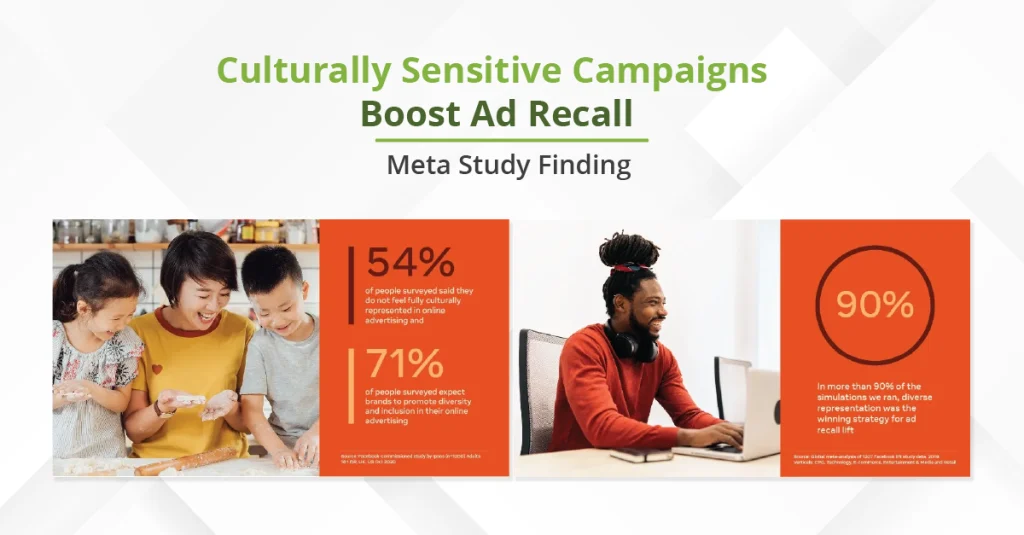
The Power of a Culturally Aware Team in the Workplace
Global teams are the backbone of many successful businesses. But bringing together people from different cultural backgrounds isn’t without its challenges.
This is where cultural competence becomes a game-changer. It empowers team members to navigate differences with empathy and respect.
Here’s how cultural awareness transforms workplace dynamics:
- Building Stronger Multicultural Teams: Cultural competence helps team members understand different work styles and communication preferences, laying the foundation for trust and effective collaboration.
- Adapting to Regional Norms: Respecting local customs—whether it’s meeting etiquette in Japan or negotiation styles in the Middle East—helps global teams connect better with clients and colleagues.
- Encouraging Inclusive Decision-Making: When everyone’s cultural perspective is valued, decisions are fairer, more considerate, and more widely supported.
- Preventing Miscommunication: Awareness of language nuances and nonverbal cues minimizes misunderstandings, keeping projects on track and avoiding costly errors.
How Culturally Sensitive Messaging Builds Global Trust
When entering new markets, translation alone isn’t enough. True connection comes from cultural adaptation, or localization, to reflect local values, beliefs, and expectations.
Here’s what localizing your brand content really means:
- Adapting Brand Voice: A playful tone that works well in the U.S. might seem disrespectful in Japan, while a direct call-to-action in English could sound too aggressive in France. Cultural sensitivity ensures your voice feels familiar, not foreign.
- Driving Better Marketing Results: Campaigns aligned with local culture feel more authentic, boosting engagement, conversions, and long-term loyalty.
- Protecting Brand Reputation: Global content sensitivity safeguards against unintentionally offensive messaging, helping you maintain cultural awareness and inclusivity across all regions.
Real-World Example: Coca-Cola’s Branding Strategy
Coca-Cola’s “Share a Coke” campaign replaced its logo with popular local names in each country, making the brand feel personal and relatable worldwide.
In China, bottles even featured internet slang, like 2333 (èr sān sān sān) for “LOL” and 521 meaning “I love you,” instantly connecting with younger audiences.
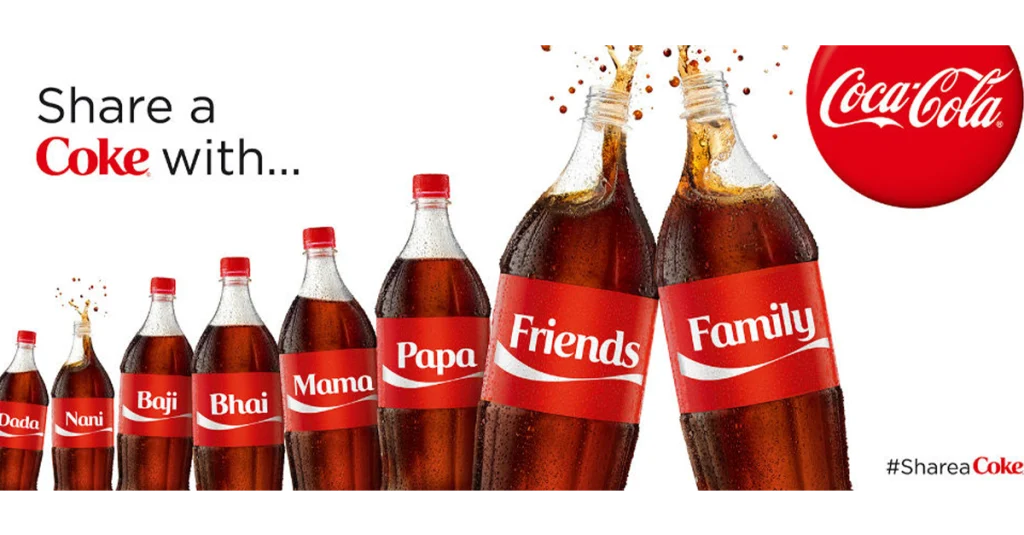

Moreover, Coca-Cola adapts its campaigns to local holidays. For instance, during Ramadan in the Middle East, its messaging focuses on family bonding, a value deeply rooted in the region.

Practical Ways to Foster Awareness and Sensitivity in Your Team
Cultural sensitivity doesn’t happen by accident; it’s built intentionally. Organizations that invest in awareness and empathy create stronger, more inclusive teams and deliver messages that resonate worldwide.
- Start with Training: Cultural awareness training and workshops help employees recognize biases, understand diverse customs, and communicate respectfully.
- Bring in Local Expertise: Collaborating with native linguists or cultural consultants ensures campaigns and content truly reflect local values and avoid missteps.
- Encourage Open Dialogue: Cross-cultural communication channels and regular feedback loops help teams learn from one another and refine their approach.
- Set Clear Policies: Inclusive communication guidelines create consistency and foster respect across all touchpoints.
- Add Cultural Checks to QA: Reviewing campaigns for local norms before launch protects brand image and strengthens trust.
Aligning Global Content with Regional Audiences
In today’s fast-paced global market, businesses can’t afford a one-size-fits-all approach.
Understanding cultural nuances in localization gives brands a competitive advantage, allowing them to connect with audiences on a deeper, more personal level.
Words, colors, symbols, humor, and even layout preferences can change dramatically from one region to another—and ignoring these differences can lead to missed opportunities or costly blunders.
Beyond Translation: The Power of Hyper-Localization
Hyper-localization goes beyond translation, adapting content to reflect local traditions, tone, and values. A message that resonates in Brazil may need a completely different style to engage audiences in Germany or Japan.
When brands align their content with regional expectations, they improve customer engagement and stand out from competitors that rely on generic messaging.
Quality Assurance for Cultural Accuracy:
Localization quality assurance plays a key role in this process. By reviewing every element of content—from phrasing to visuals—against local cultural standards, businesses avoid misinterpretations and protect their brand reputation.
Many global brands have seen success by prioritizing cultural adaptation; for example, Netflix customizes its marketing campaigns for each country, using region-specific references, visuals, and humor to connect authentically with viewers.
Speak to Global Audiences with Confidence and Cultural Insight
Cultural sensitivity is a strategic advantage that shapes how your brand is received worldwide. If you’re unsure whether your message truly connects across languages and regions, it’s time to take a closer look.
bayantech offers cultural consultation, localized content reviews, and thorough QA services to ensure every word, image, and message resonates with your audience wherever they are.
Request a localization audit or explore our cross-cultural localization solutions today and start building stronger global connections.

